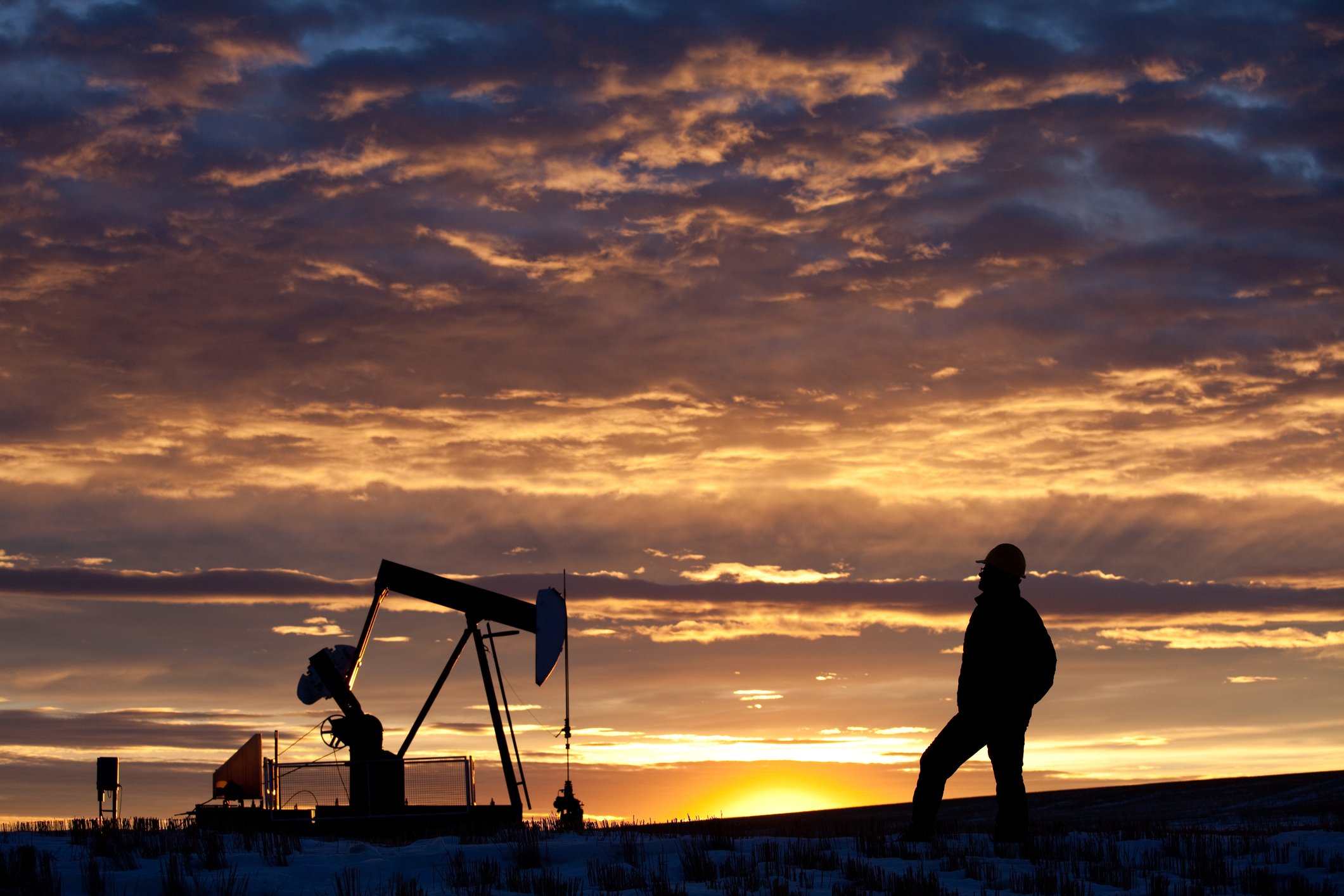
ConocoPhillips in Alpine, Alaska. Photo credit: ConocoPhillips
Pioneer Natural Resources (PXD +0.00%) is exiting its Alaskan oil operations and it's taking a loss to do so. The company simply sees better opportunities in Texas. The fact that it's sitting on what it believes to be the world's second largest oil field certainly doesn't hurt.
Pioneering the Alaskan frontier
For Pioneer, Alaska represented just a drop in the bucket compared to its vast potential in the Spraberry/Wolfcamp in the Permian Basin. Its production in Alaska has steadily fallen over the past year as it has gone from 4,875 barrels of oil per day in the second quarter of 2012 to 4,209 barrels of oil per day as of last quarter. At the same time its Spraberry/Wolfcamp oil production has grown by more than twice its total Alaskan output.
This is why Pioneer's decision to exit Alaska makes a whole lot of sense. It can grow so much faster in Texas where it has a massive scale position and a large runway of future opportunities. What it is lacking is cash to invest in that growth.
In the sale of its Alaskan assets, Pioneer is picking up two streams of cash. First, it'll take a $550 million cash infusion from the buyer. But in addition to this Pioneer will now be able to reallocate the cash it has been investing into its Alaskan operations. This year the company had earmarked $190 million of its $2.75 billion capital budget to the state. All that cash can be reinvested to its Texas oil assets.
Beginning of the end for Alaskan oil?
Still, this isn't to say that Alaska isn't a bad place to be. The state is oil rich, but its current potential is being held back by taxes. One example of this is found in ConocoPhillips (COP 0.21%), which is only investing $2.5 billion in the state as part of its five year production growth plan. That plan actually will see ConocoPhillips' production decline by about 3% annually. The company has additional development potential, but will only invest under improved fiscal terms.
Those improved terms are part of the controversial Senate Bill 21. The bill would slash production taxes to make it more attractive to drill in Alaska. The idea is to reverse the state's production decline which has dwindled to just 526,000 barrels of oil per day, from a high of 2.1 million barrels of oil per day in 1988. The issue isn't that the oil is there, the state believes its North Slope still holds 10 billion barrels of recoverable oil, the issue is that the cheap oil is gone. This is why companies like ConocoPhillips and Pioneer Natural Resources are focusing a greater portion of capital in Texas.
That being said, the buyer of Pioneer's Alaskan assets specifically cited the new tax incentives as a reason why it was attracted to Alaska. But there is a risk that these could quickly go away as a move is under way to have the bill repealed as some feel that it's too big of a giveaway to big oil companies like ConocoPhillips and BP (BP +1.19%) and it wouldn't boost production. This is even though British oil giant BP announced that it would invest another billion dollars into two more Alaskan rigs as its response to the legislation being passed.
Still, for Pioneer Natural Resources and ConocoPhillips the heart of the issue is still which place offers the best returns. The oil is there in Alaska, but the returns and growth opportunities are much bigger in Texas. This is why we see ConocoPhillips investing $3 billion over five years to grow its Permian Basin production by 7% annually. On top of that it's investing another $8 billion to grow its Eagle Ford production by 16% annually.
The oil is simply much cheaper to produce in Texas. For example, ConocoPhillips' incremental finding and development costs are $15 per barrel of oil equivalent, or BOE in the Permian and $20 per BOE in the Eagle Ford. In Alaska, however, its costs are $25 per BOE, which is why it is losing the internal fight for capital.
Investor takeaway
For Pioneer, this move really comes down to what's driving its future. In Alaska the company saw net resource potential of up to 150 million barrels of oil. That's a rounding error when considering the 7 billion barrels of oil equivalent potential it's sitting on in the Permian Basin. That's why it's ditching Alaska for Texas.







